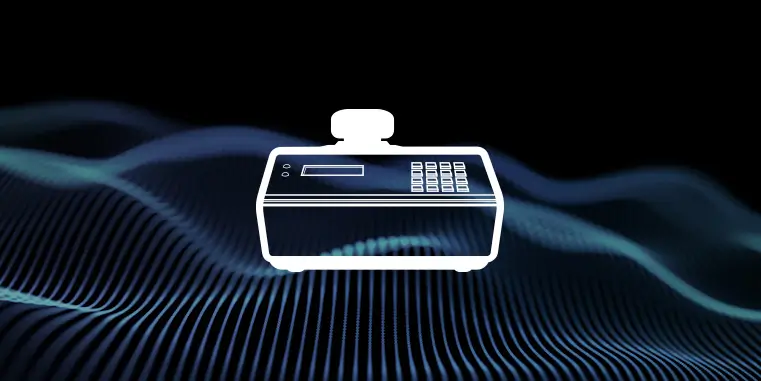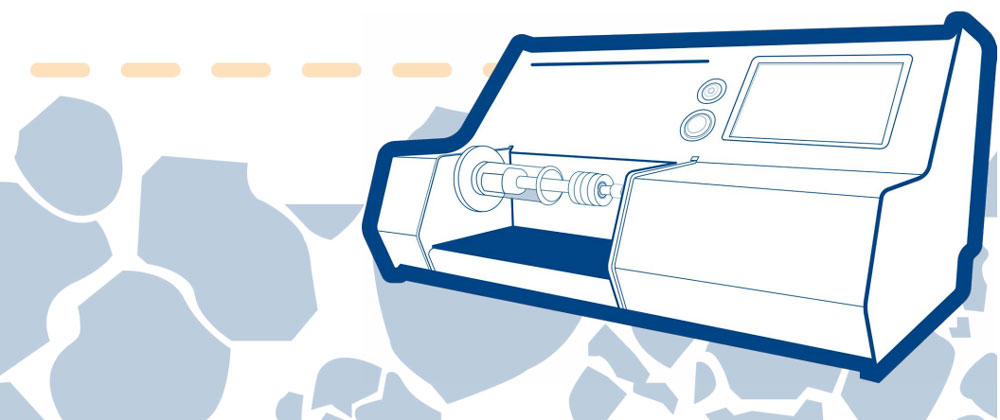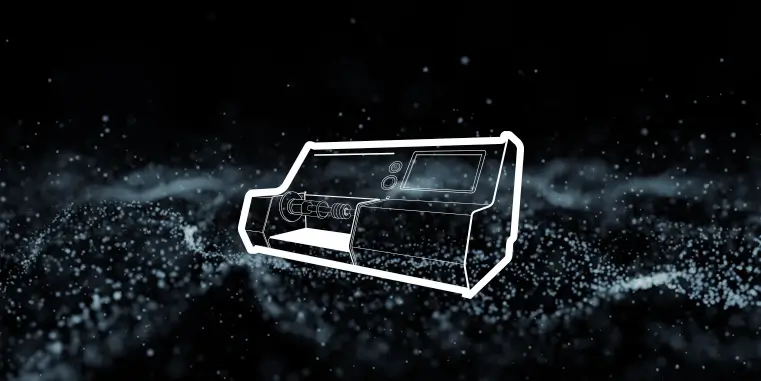Attaining Envelope Density Reproducibility and Accuracy with Your GeoPyc
This application note contains guidelines for attaining reproducible and accurate envelope density measurements with your GeoPyc®. Reproducibility Achieving high reproducibility in any analytical measurement often requires performing tests in an identical manner using a single instrument, fixed instrument parameters, and the same quantity of test material. This is particularly true with the GeoPyc technique because […]
New Capability for the GeoPyc Makes Visible the Percent of the DryFlo Bed Occupied by the Sample
If too little sample is used with the GeoPyc® Envelope Density Analyzer, poor reproducibility of results will occur. The instrument is simply unable to distinguish between a DryFlo® bed with sample and one without sample when the sample volume occupies too small a percentage of the total bed. For optimum performance, the sample should occupy […]
T.A.P. Density as Obtained with the GeoPyc
The density of a material is defined as its mass divided by its volume. The bulk density of powdered and granular materials is often measured by the “tap” density method1. A material’s tap density is obtained by filling a container of known volume with a known mass of sample and vibrating it. This value is […]
Diversity of Applications of the GeoPyc 1360
The GeoPyc® 1360 measures the envelope density (sometimes called bulk density) of rigid and semirigid, porous materials. Unlike absolute density, which excludes the volume of pores and small crevices, envelope density is the mass of an object divided by its volume including the pore volume. When the sample’s absolute density (sometimes called skeletal, true, or […]
Determining Diffusivity by Breakthrough Measurements Using the Zero Length Column Method
Mass diffusivity into and among particles often dominates how adsorbents perform. Effective materials and processes for adsorption, catalysis, gas separation, and direct air capture can be developed more quickly and perform better when mass-transfer is well-understood. Breakthrough is a valuable tool for measuring adsorption in dynamic conditions and can more closely mimic real world process conditions compared to […]
Sample Grinding: What Happens to Surface Structure When a Material is Ground
What happens to a material when it is physically modified? Four materials were ground and sieved to create four particle size ranges. The unmodified material and these four size ranges were analyzed to obtain density, surface area, and porosity values. The AccuPyc II, a gas pycnometer, was used to obtain the sample density. Surface area […]
Higher Accuracy Plus Faster Results When Measuringthe Density of Commercial Items

Density measurements have proven their value in a number of industries on a wide variety of materials. The AccuPyc 1330 can analyze organic or inorganic samples with a vapor pressure of less than 25 mmHg. Using helium gas, volumes of these materials can be measured to a precision of ± 0.02% with relative ease. As […]
Volume Measurement Method Affects Density Result

Density is a basic and important material property. While the true density of a pure substance is easily conceptualized and well-understood, it is not the only density that is important for engineers and material scientists. It is also worthwhile to measure an effective density for bulk materials as packed, transported, or used. For granular, porous, […]
The Role of Calibration When Using the GeoPyc 1360
During the initiation of an analysis, the GeoPyc® 1360 prompts the user to enter a conversion factor. The GeoPyc Operator’s Manual and Quick Reference Guide give an adjusted conversion factor for each chamber. Using these conversion factors should yield reliable and reproducible results for most sample types. To obtain closer agreement with established methods, however, you […]
Agreement of GeoPyc® Data with Other Methods

Envelope density is not an intrinsic property of a solid; its value depends on the method of measurement. Agreement of results between the various methods available for determining envelope density can vary widely. One factor determining how closely results from available methods agree is the shape and internal structure of the sample. Consider the following […]